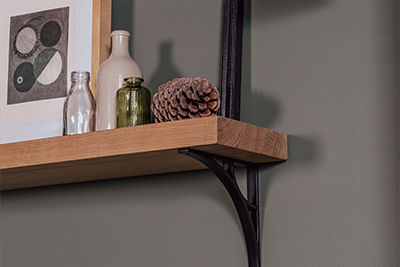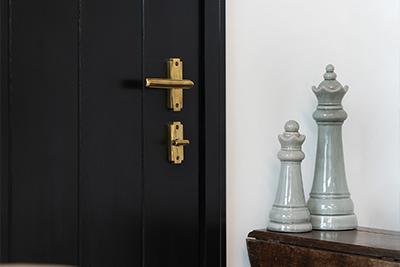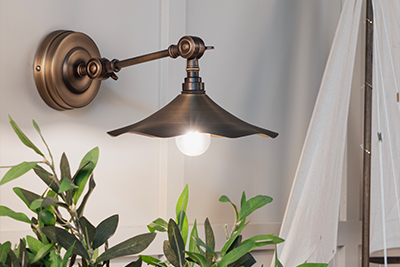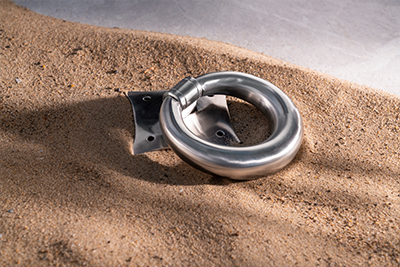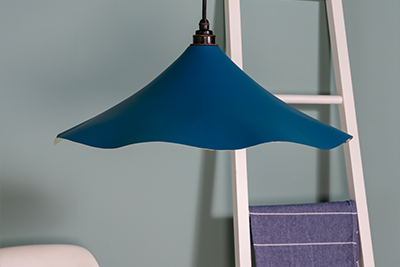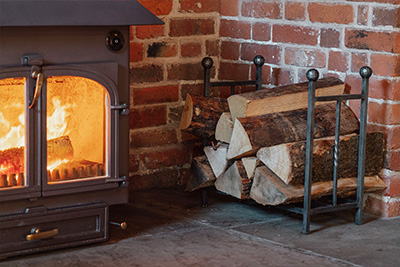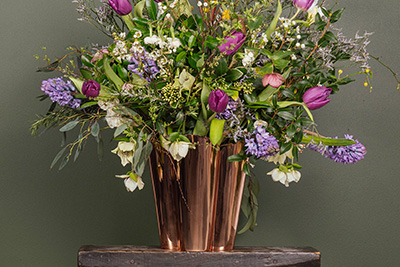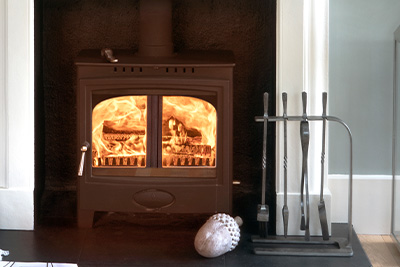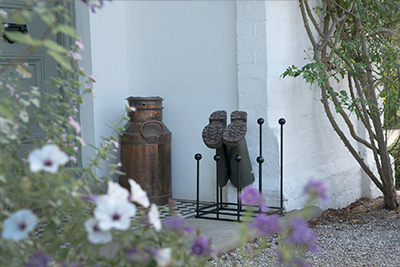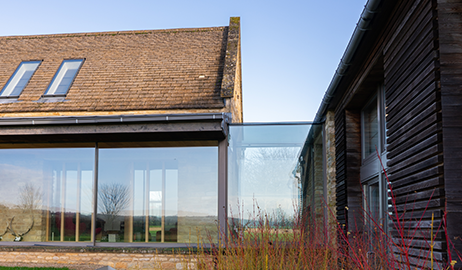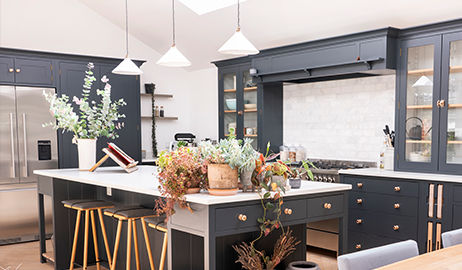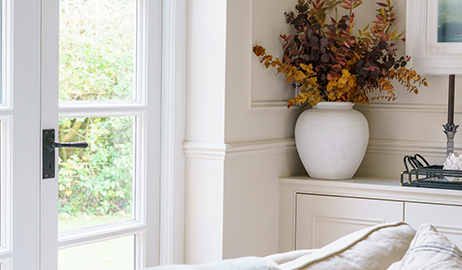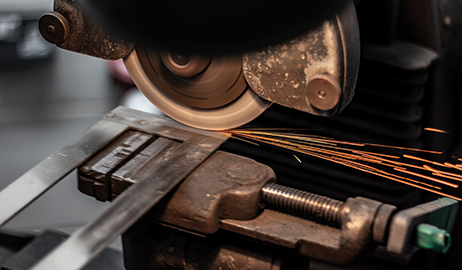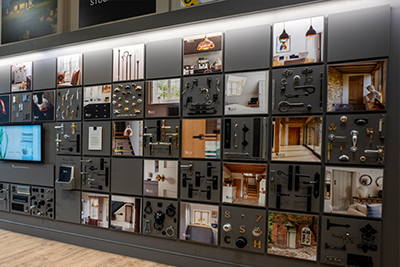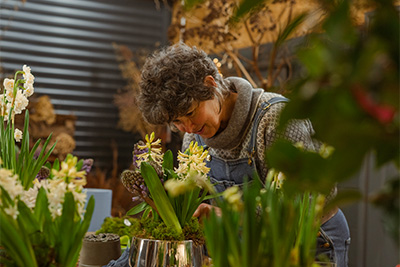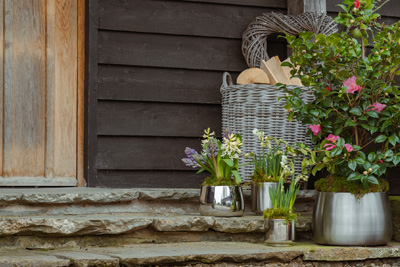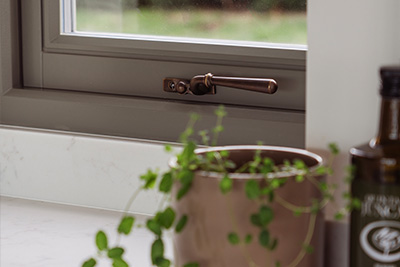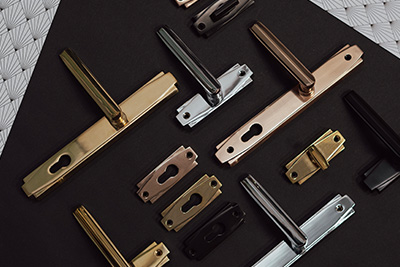In recent years, the popularity of converting barns has slowly risen; with even more desire to do so now that we bid farewell to the height of the pandemic. Congestion in cities, the fast-paced life and not forgetting the lockdowns; have given homeowners an ever-growing desire to escape to the country and be surrounded by nature and the tranquillity of rural Great Britain. Their rising prominence is not only fuelled by the want to be surrounded by nature but held up by the abundance of relatively inexpensive agricultural architecture. You can get a lot of potential property for your investment, given that you are very much happy to get your hands dirty in a DIY sense or willing to hire a contractor to renovate your new rustic project. Often, they offer an alternative character-filled approach to contemporary structures; and planning permission is typically easier to secure, due to the pre-construction of the foundations.
Planning & Some Things to Consider
Local planning authorities will typically permit the conversion of historic buildings of traditional construction, predominantly erected in stone, brick and timber frames. This is fundamental because they are recognised for their contribution to the rural landscape. Securing these properties can not only be immensely rewarding in a renovation sense, but often conversions are one of the only feasible methods of securing the future of those buildings. You must also be aware of the area, and whether or not the building you have set your sights upon is classed as a listed building; in that case, conversion and overall design of the property must be historically sensitive and contain time accurate features. This only applies if consent is granted, however. That being said, barns that aren’t located within listed areas still require planning permission - but in an aesthetic sense, one can be more fluid in a design approach. The introduction of contemporary exterior styling, bespoke cladding and atypical features can be ever more prominent; perhaps with a subtle homage to the local character.
Exterior Styling
The exterior of your future barn conversion should not only be structurally sturdy, but practical and appealing aesthetically. It should shelter you from the elements and structurally support the rest of the building. If you’re looking at a stone barn conversion, you might want to keep some of the original stonework: aside from its rugged yet interesting characteristics, it will act as a fantastic insulator and help you stay cool in the summer and cosy in the winter. These hand-constructed features are beautifully quirky when the rustic home is desired. However, if you intend to subtly stray from the traditional look and feel of rural architecture, consider incorporating sustainable and contemporary materials into the agenda - one can then minimise environmental impact, and enhance indoor environmental quality, all while maintaining a modern home in the country.
Traditional vs Contemporary
Stables are some of the best candidates for property conversions due to their size. Few stables utilise all of their available space, often leaving areas that are ripe for conversion. Traditional barn buildings are typically aesthetically pleasing from the outside too, which helps make them appealing to tenants once converted. A perfect example of this is The Barns at Friars Court - The Old Stables. The Old Stables are a wonderful example of how best to utilise the space of a rural outhouse; in this case, originally it was used to house the working horses. Then later used for sheep, cattle, chickens and now guests throughout the year. We at From The Anvil have a soft spot for the modern rustic interiors and many renovators choose to stick to interiors that fall under this bracket just like The Barns in Friars Court, but the following is an exemplification of a fine contemporary barn conversion.


Which Interior Suits You?
Depending on your desired intent and especially which type of building you have, or aim to acquire. There are many different combinations when it comes to interior design. We have briefly touched on these above. To reiterate, you can remain true to the country house aesthetic or stray from this and break the interior normalities associated with traditional outhouse conversions.
Rustic
So let us delve into retaining this rustic characteristic. Wood and stone are usually the main materials associated with these British agricultural buildings, which means when planning for your interior refit, bringing inspiration from the external environment can be beneficial when a traditional look needs to be achieved. We suggest using sustainably sourced timber from the local area that compliments the wooden roof supports. Making subtle homages to the architectural makeup of these buildings will retain the character and provide a seamless appearance throughout. With the introduction of treated wood furniture like Ercol spindle-back chairs, you can now begin to think about perhaps exposing the stone walls or even the original flooring your time-honoured home may have. This acclimation of heritage can be paired with a colour palette inspired by your surroundings - the introduction of off white, muted greens, terracotta and certainly many more combinations, can add a calming and tranquil feeling to some spaces. Below is a colour pallet along with some visual interior inspiration:
Find an image of our Pewter Monkeytail Lever Bathroom Set above
Contemporary
A contemporary conversion is not only easily achieved, but because of the open planned nature of most barns; it means that you can design spaces that suit your requirements at home. This means assigning of areas is usually entirely up to the you. In some cases, you are confined to pre-existing construction, but ultimately you have the freedom to plan your future barn as you please. The introduction of sustainably sourced woods can also be relevant for modern barn conversions, but we suggest more consideration of clean surfaces and linearity. There is a beauty in the oxymoronic clash of clean and rustic that seems to be very prominent in latter-day conversions; so if this is the aesthetic you wish to follow, then continue reading. Light woods such as birch can instantly provide a fresh contrast to the raw-edged or uneven timber and original features used in the construction of the building. It will make your room feel spacious, as well as bring in visual warmth. These can be paired with large rugs, textured/colourful soft furnishings and lighting to create sections and pockets of homely living space - throughout your open planned space. Acknowledgement of Scandinavian interiors and Japanese minimalism will provide a nice contradiction of interior design and architectural characteristics. Below is a colour pallet along with some visual interior inspiration:
Black Brompton Lever on Rose Set pictured above.
Matching Ironmongery With Your Chosen Style
So by now, you might have a better understanding of which interior and exterior style suits you best. From The Anvil cater for many different interior aesthetics, so this section will highlight key characteristics that you may want to introduce to your barn to keep it traditional or perhaps you would like to stray from the preconceptions of a country conversion and we have some solutions for that too.
Keeping your barn conversion traditional can be an easy task with the right knowledge and hardware can be a very good place to start. Take doors, windows and cabinetry for example; the use of a regular lever handle might not be very appropriate in keeping your home time accurate, so we advise the use of the original hand-forged products from our Blacksmith range. They lend themselves brilliantly to this look. Principle products include; Thumb Latches, T-Hinges, and Bean Handles. Our octagonal Mortice/Rim Knobs also work well. Alternatively, try using our Monkey-tail Lever Handles and accompanying window furniture. The most effective finishes for this look are black or beeswax. Below you’ll see some examples of some of these products in customer homes:
However, for that minimal and tactile home that you may have your sights set upon. We suggest you consider our sleek Brompton suite; created with the ‘Contemporary Look’ in mind. The Brompton’s refined, no-frills design and industrial styling make this collection perfect for use in a modern property. Our subtle Matt Black Brompton finish also looks great for in vogue interiors. This paired with the Brompton Espagnolette and some Draw Pulls for your cabinetry will create a seamless à la mode appearance.
Lighting
You may have considered how to fill the space above you and your furniture if you live in a home with high ceilings; which is likely with a barn’s lofted ceilings. We recommend hanging some prominent pendants to bring attention to the unused space. The proportions of your rooms will be pleasantly distorted, providing the impression of a more spacious and balanced area. We recommend choosing reflective metallic shades In contemporary homes to allow natural or artificial light to bounce around the space, but for traditional homes, we recommend a time-appropriate statement chandelier. This will promote a sense of balance and harmony in your home. Ensure the pendants you choose are appropriately spaced; this will act as the focal point in the upper portion of the room. We also recommend allocating feature lights to brighten specific areas of your home, such as a kitchen island, providing you with concentrated light. Again, this can be complemented by careful placement of rugs and furniture, enabling you to create pockets of living space throughout your open plan home.
In spring, we introduced a brand-new colour palette to our From The Anvil lighting collection. Twelve complementing shades inspired by the wild Welsh landscapes are now available across all three of our signature pendant shapes.
If you would like some further lighting inspiration, particularly for the kitchen please see our Kitchen Lighting 2022 blog post.
Pictured above our nickel pendant range.
A Summary
These are some of the many things to consider when approaching a barn conversion. We hope that you are better equipped and inspired to resume or perhaps begin your barn refurbishment plans. If you would like your journey to be shared and your 'From The Anvil' Ironmongery to be featured please feel free to contact us through the email address below or simply tag us on social media.
Email : info@fromtheanvil.co.uk
Instagram : @fromtheanvil
For more information on barn conversions visit our 'Advice from an Expert: Barn Conversions' Blog.



